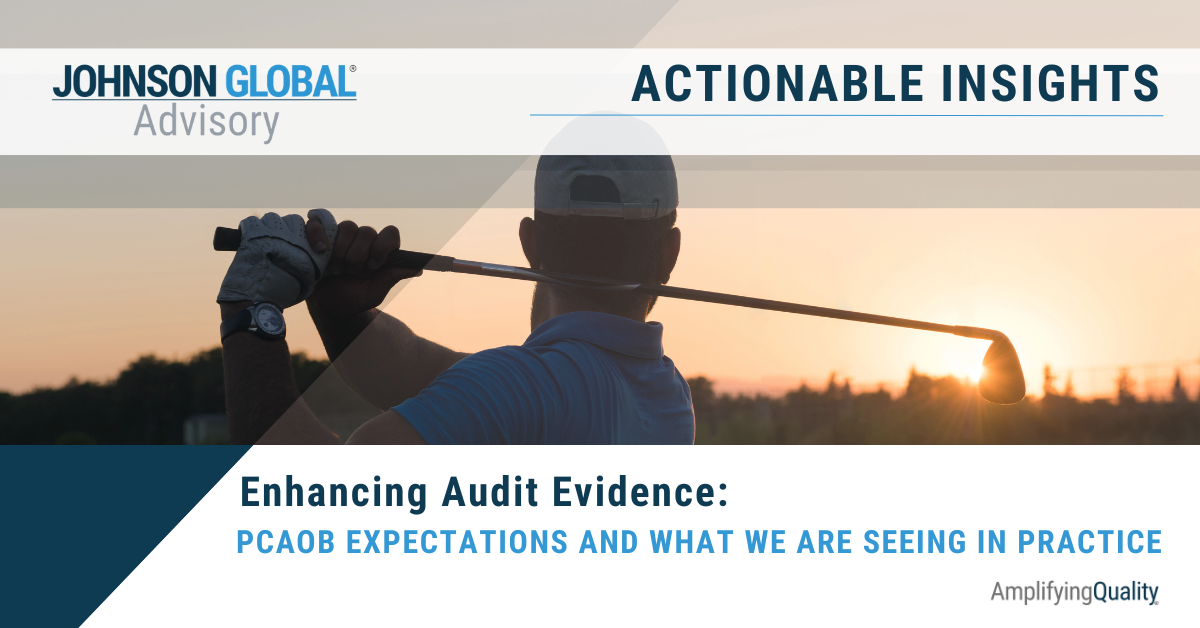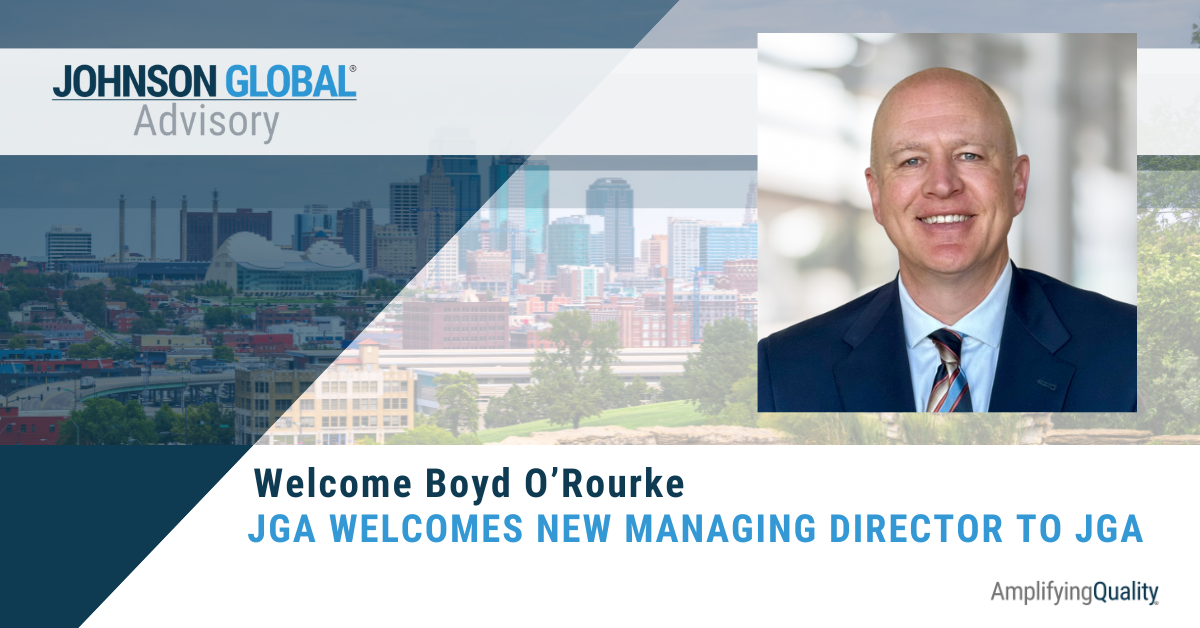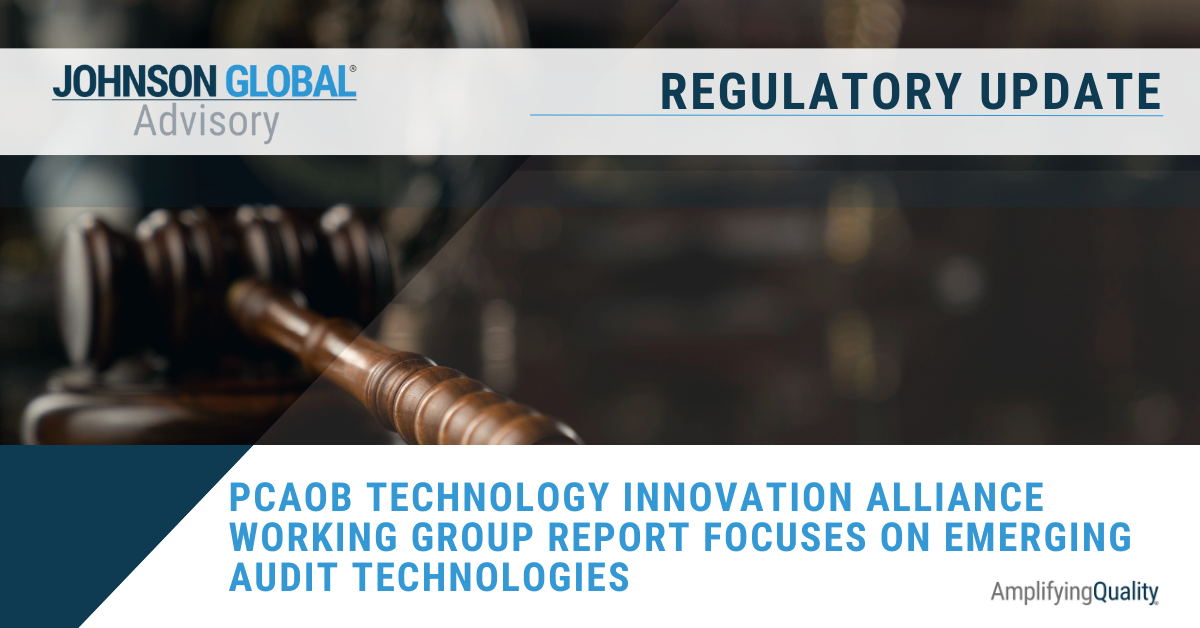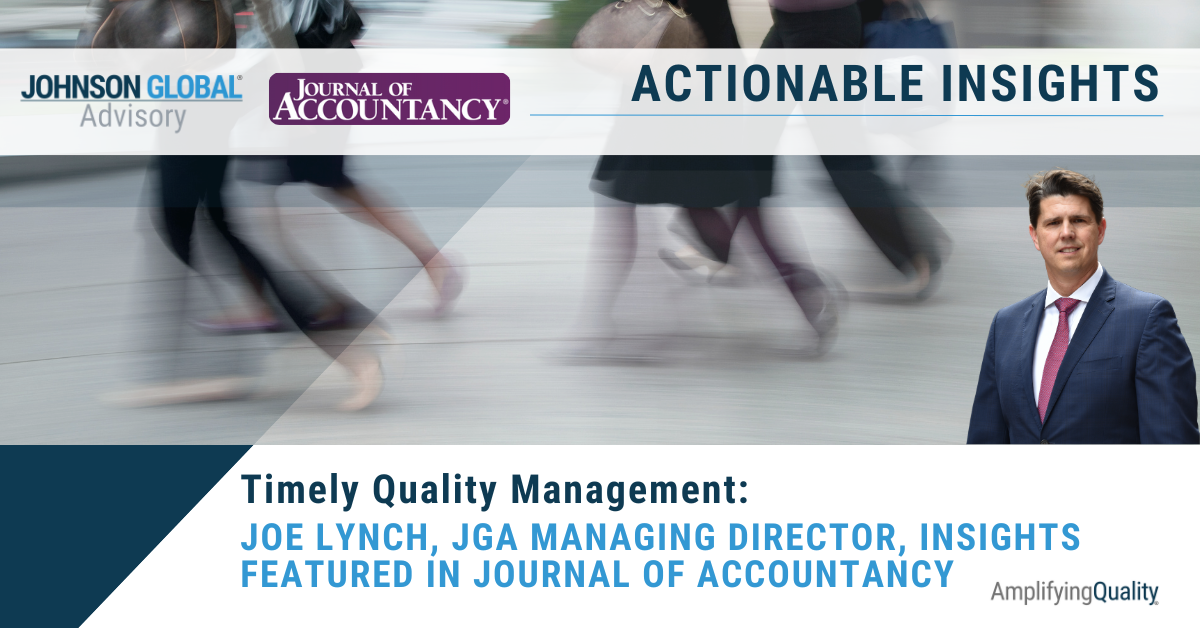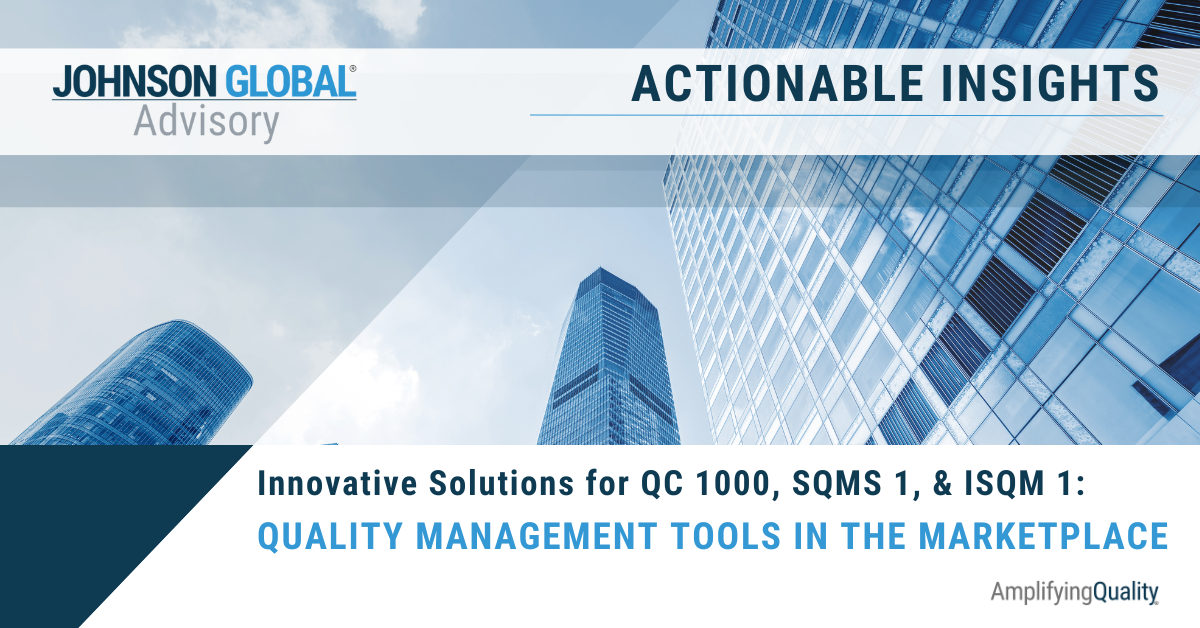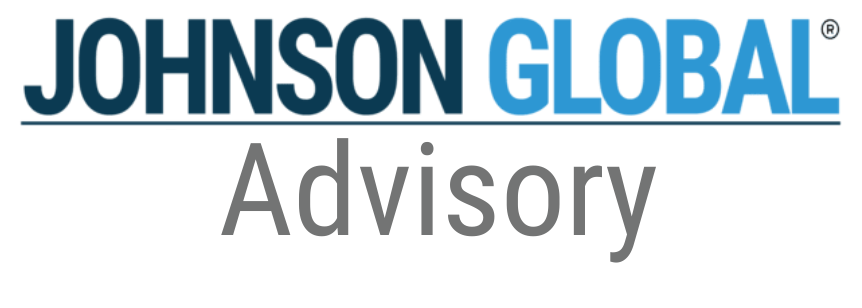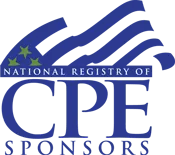Unpacking the New Quality Control Standards: Part 2
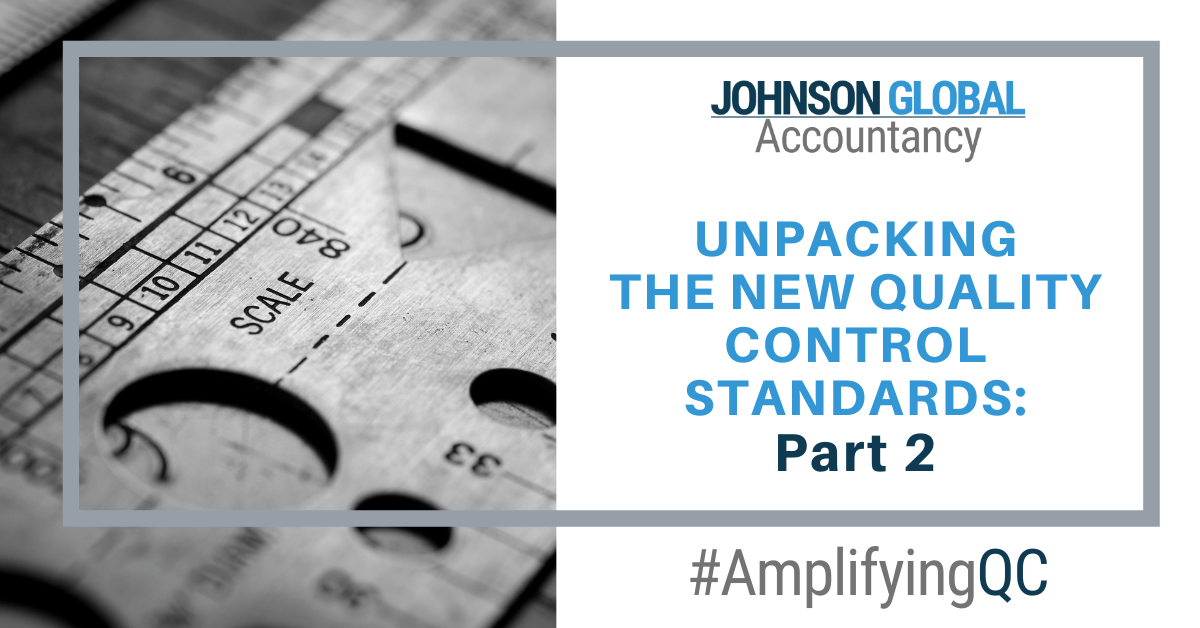
This article, the second part in our two-part series “Unpacking the new Quality Control standards”, will cover the remaining components and requirements of the proposed QC standards by the PCAOB and IAASB and highlight the key changes to be aware of as firms think about how the new standards will affect them. In Part 1 we covered five components of the proposed Quality Control (QC) standards by the PCAOB and IAASB.
Resources
The current QC standard contains certain requirements related to human resources, including personnel management and assignment of responsibilities. However, the new standard under the Concept Release and ISQM 1, as proposed, expands the resources component to include technological resources as well as intellectual resources. The new standard requires that technological resources should be sufficient for the effective implementation and execution of firms’ system of quality management. Given the potential complexity of many firms’ systems of quality management, as well as the ever-increasing and changing role of technology in audits, firms should take stock of their current technological resources and plan ahead for future technological investment and advancement.
In addition, firms should ensure that they have sufficient “intellectual resources” to ensure consistent quality audits. Intellectual resources could be as simple as having access to the latest accounting/auditing guidance and research literature. Or depending of the complexity and nature of the audit, including valuations or industry specific work, you might need to hire or develop subject matter experts.
While technological and intellectual resources have always been a part of many firms’ strategic plans, the QC standard is going to require the formalization and documentation of policies to specifically address these considerations.
Information and Communication
The concept of information and communication is inherent in many firms’ operations. While the current QC standards are very much silent as to broad information and communication requirements, the new standard has explicit guidance in this area. Under the new QC standard, all policies will need to be formalized, documented and monitored to ensure compliance with the standard.
This component requires firms establish objectives around how personnel communicate relevant and reliable information to firms when conducting engagements or activities within the QC system along with how firms promote a culture of personnel sharing information with the firms. In addition, the standard requires firms to consider communicating information to appropriate external parties about their QC system, similar to a transparency report. In some jurisdictions, this is already required. In the U.S., while not required, we have seen an uptick of regional and non-affiliated national firms joining their larger counterparts in providing these documents for public consumption. Don’t be surprised when audit committees start requiring information on firms’ QC systems when making decisions about appointment or continuance of auditors!
The Monitoring and Remediation Process
The changes being implemented around the monitoring and remediation process are probably the most significant changes in the new proposed standard. The quality objectives and requirements in this concept are significant and build upon current QC standards in the following ways:
- More explicit requirements to implement monitoring and remediation processes for each component of a firm’s system of quality management (including ongoing and periodic monitoring of firm level QC processes as well as engagement-level inspections).
- For identified deficiencies (both at the firm and engagement level), firms must evaluate the severity (and potential pervasiveness) of the findings and identify possible root causes of the deficiencies. We have noticed that clients where we have assisted performing a robust root cause analysis are more successful in remediating their deficiencies.
- For each identified deficiency (again, both at the firm and engagement level) and its correlated root cause, firms must also evaluate the need for remedial actions, and if necessary, design and execute those actions.
- For remedial actions (both at the firm and engagement level), firms must also consider the effectiveness of past remedial actions.
Firms will need to review their current monitoring programs and expand the scope and design of the monitoring programs to ensure all quality objectives and responses are incorporated into the program. The results of monitoring and remedial programs must be evaluated and communicated, as appropriate, both internally and externally. These results should also be analyzed and considered in totality for the effect on a firm’s ability to comply with the objectives of the standard. This assessment is required to be performed at least annually, or more often, as the circumstances require.
The expansion of the monitoring program requirement as well as the requirement to perform root cause analyses and remediate identified deficiencies for both internal and external inspections are likely significant undertakings that firms will be required to undertake. The PCAOB is suggesting that monitoring programs should be a mix of annual as well as ongoing monitoring throughout the year and requires designated individuals to perform this monitoring, to ensure competence, objectivity, and execution of the programs.
And if that was not a big enough change, as these are components of the QC standard, the PCAOB will be evaluating firms on the effectiveness and sufficiency of their monitoring and remediation processes. Be aware that any deficiencies identified by the PCAOB and other regulators that are not identified by the firms themselves, will inherently indicate deficiencies in the firms’ monitoring programs. Clients for whom we have assisted with practice monitoring, root cause analysis and remediation, have experienced both successful remediation results in addition to a strong QC environment.
Documentation
This component of the new standard includes more formalized and specific documentation requirements for firms’ system of quality management. Although documentation should be inherent when policies and procedures are created, the QC standard explicitly requires firms to document the system of quality management. Firms should ensure proper audit trails for ongoing monitoring and remediation in addition to being able to provide consistent and accurate information to internal and external parties.
QC documentation must include the quality risks and quality objectives identified as well as the responses to the quality risks (i.e. the actual policies and procedures in place that respond to these risks). This guidance is not inherently new, but it is now very much more explicit.
Similar to the requirement for retention of audit workpapers, firms must also develop their own QC documentation retention policies (at minimum 7 years or perhaps longer depending on other laws or regulations). The PCAOB is also considering that QC documentation be in sufficient detail such that an experienced auditor that understands QC systems can understand the basis for the firms’ assessment of the effectiveness of the QC system (even if they have no knowledge of the firm), including evaluation and remediation of QC deficiencies … think along the lines of PCAOB AS 1215, Audit Documentation. Unfortunately, Yes/No answers will not suffice – documentation about judgments will be a necessity!
Roles and Responsibilities of Individuals
This component of the QC standard explicitly addresses roles and responsibilities of not only professionals involved in the firms’ QC process, but all personnel of the firm. The proposed standard requires firms to establish appropriate structures and reporting lines in the QC structure and requires that QC professionals demonstrate a commitment to quality through their behaviors and actions. The requirements also include specific procedures for individuals working in firms’ independence oversight roles – including formalizing the process around a firm’s independence processes, such as consultations, and maintaining and communicating restricted entity lists. Once again, make sure your professionals in this all-important area are experts.
As we mentioned in our Part 1 article, firms need to be ready to expend and increase the resources allocated to bolster their compliance efforts once the QC standard is released so that they are actively improving their system of quality management. Start preparing now by considering which of these changes might be a major challenge for your firm. What can you do now to ensure the right building blocks are in place? And remember, you are not alone. Reach out to firms that have started. Gather their perspectives and learn from their best practices. The sooner you get started, they more prepared for this change you will be.
Geoff Dingle, JGA Managing Director, works with PCAOB-registered accounting firms helping them identify, develop, and implement opportunities to improve audit quality. With over 20 years of public accounting experience, he spent nearly half of his career at the PCAOB where he conducted inspections of audits and quality control. Geoff has extensive experience in audits of ICFR and firms’ systems of quality controls. Prior to the PCAOB, he worked on audits in various industries at Deloitte in Atlanta and Durban (South Africa).
